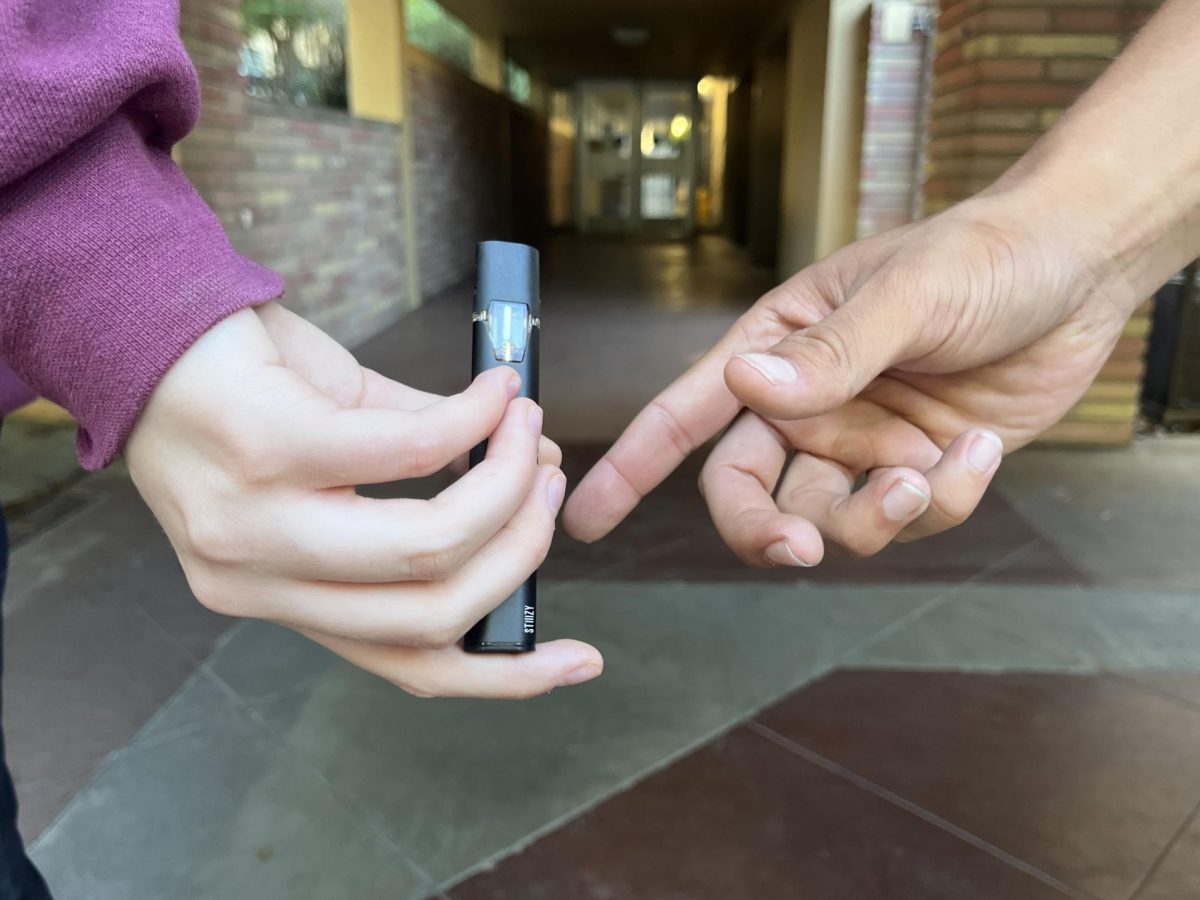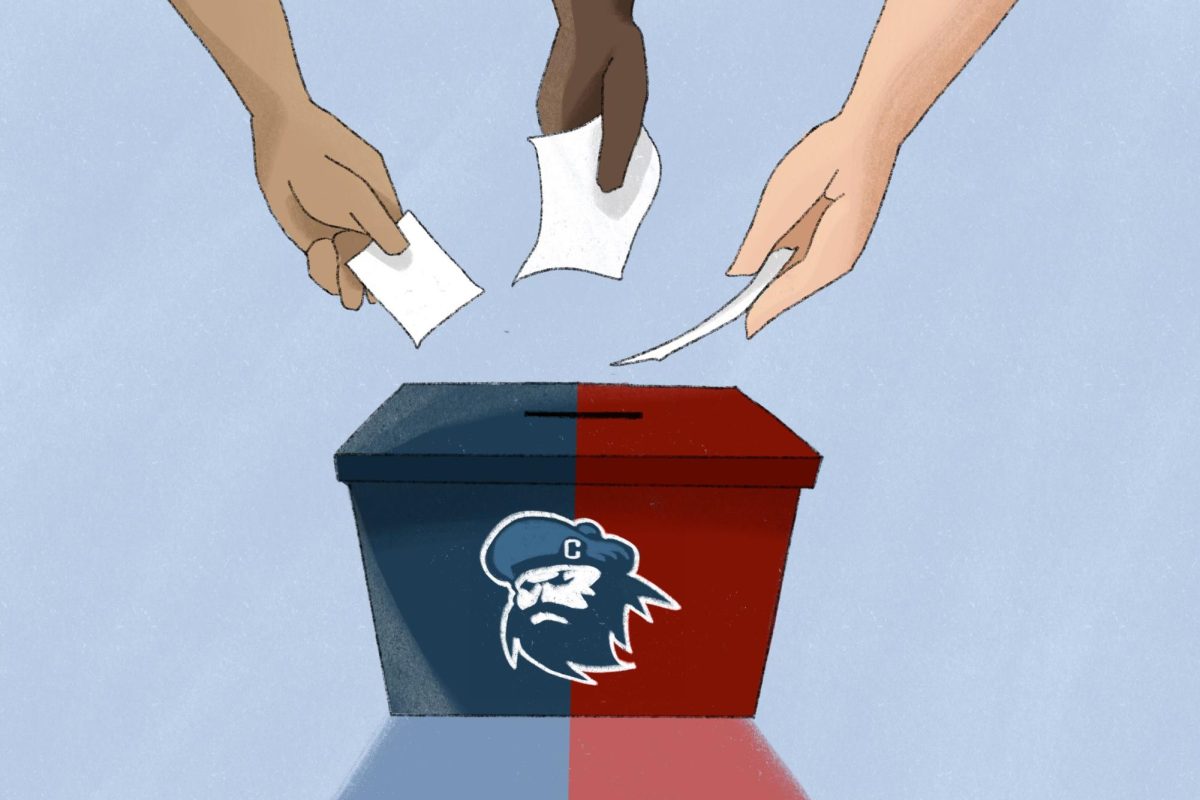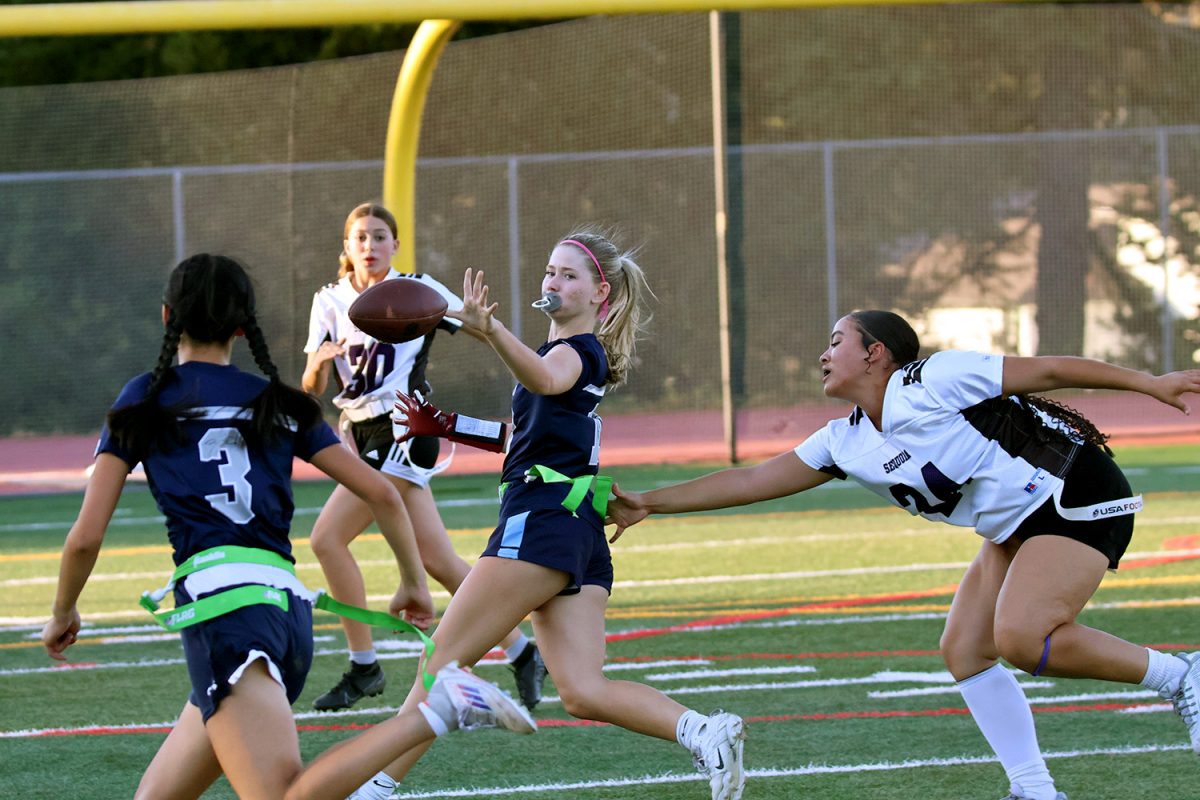A 504 plan is a proposal created by the school to help a student’s success with learning. Students who have mental or physical impairments such as ADHD or another learning disorder are eligible for a 504 plan.
Section 504 was built off of the former civil rights laws which aimed to defend women and minorities. It was recognized throughout history that society had not treated people with disabilities humanely. They were feared and stereotyped, and these actions changed into paternalist-based policies, pity, and persecution.
At first, in 1973 and 1977, section 504 had no regulations. The strongest regulations drafted by Office for Civil Rights attorneys were sent to the HEW Secretary. These drafts had recommendations to publish the draft in a proposed form.
On April 5, 1977, activists who wanted to end discrimination against disabled students began a sit-in at eight different headquarters worldwide for the Department of Health Education Welfare (HEW). A sit-in is a form of protest where people stay at a certain place until a definite resolution is reached. These sit-ins put pressure on the government to respond more quickly rather than sit out and wait. One of the significant sit-ins occurred in San Fransisco and it endured for 28 days.
Schools have the ability to reject 504 plan proposals and can reject request letters for multiple reasons. Some do not believe it is necessary because students are doing well in school or have good grades. This can make obtaining a 504 plan necessary for some students exceedingly difficult. Hannah Vandenberg, a junior at Carlmont, detailed her experience while she was attempting to get her 504 plan in 2016.
“It was not easy,” Vandenberg said. “I have ADHD, and it is diagnosed. I was luckily able to get it faster than I think other people were, and I had one in middle school. They just reimplemented it and updated the terms. It took quite a while to get it in place the first time I requested for it.”
Vandenberg’s experience was one of the easier ones. Another student Vivian Willis* had more of a problematic experience.
Communication is critical when it comes to utilizing a 504 plan. Teachers are required to accommodate a student’s 504 plan in the classroom. If students are not comfortable opening this communication line, it will cause struggles during the school year. Vandenberg and Willis both had issues creating the communication needed to succeed throughout the school year.
“Initially, I didn’t feel comfortable communicating with the teachers. This was all happening in the middle of quarantine, and I was already anxious about communicating with teachers. I found it easier to communicate with some teachers, while I was more reluctant to reach out to others. They scared me, and I didn’t want to upset them,” Willis said.
It is a requirement to have a 504 plan with any learning challenges that mentally and physically impair a student. The U.S. Department of Education has a section of their site dedicated to answering all 504 plan-related questions since it is a frequently asked question. One of the subsections acknowledges the protection of students with a 504 plan.
“To be protected under Section 504, a student must be determined to: (1) have a physical or mental impairment that substantially limits one or more major life activities; or (2) have a record of such an impairment; or (3) be regarded as having such an impairment,” said the U.S. Department of Education under the interrelationship of IDEA and Section 504.
Lack of communication, along with the environment, hinders students from achieving their potential academically. Students who feel uncomfortable have a higher chance of not applying their accommodations to the classroom. A 504 plan’s primary goal is to ensure that students are protected from that and help them succeed in academics, resulting in success overall. One of the most beneficial aspects of success is the environment that peers and teachers create. In a more welcoming environment, students will be able to achieve more of their own goals.
*In accordance with Carlmont High School’s Anonymous Sourcing Policy, the name of this source has been changed to preserve their privacy






















